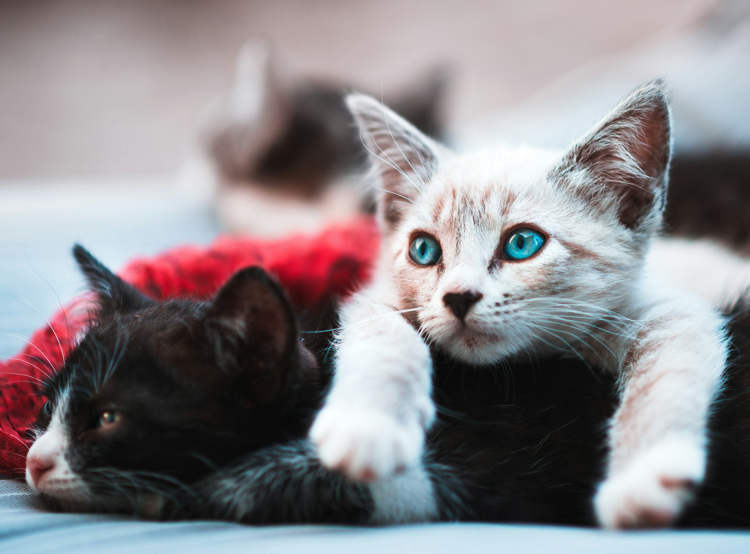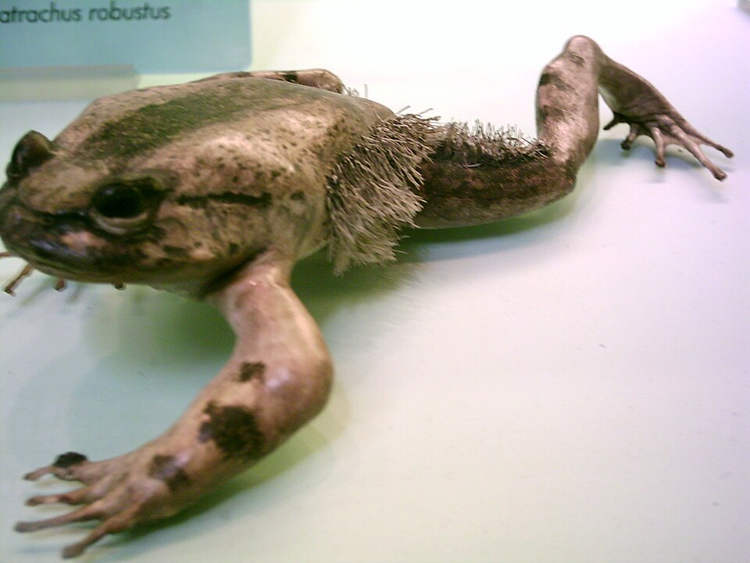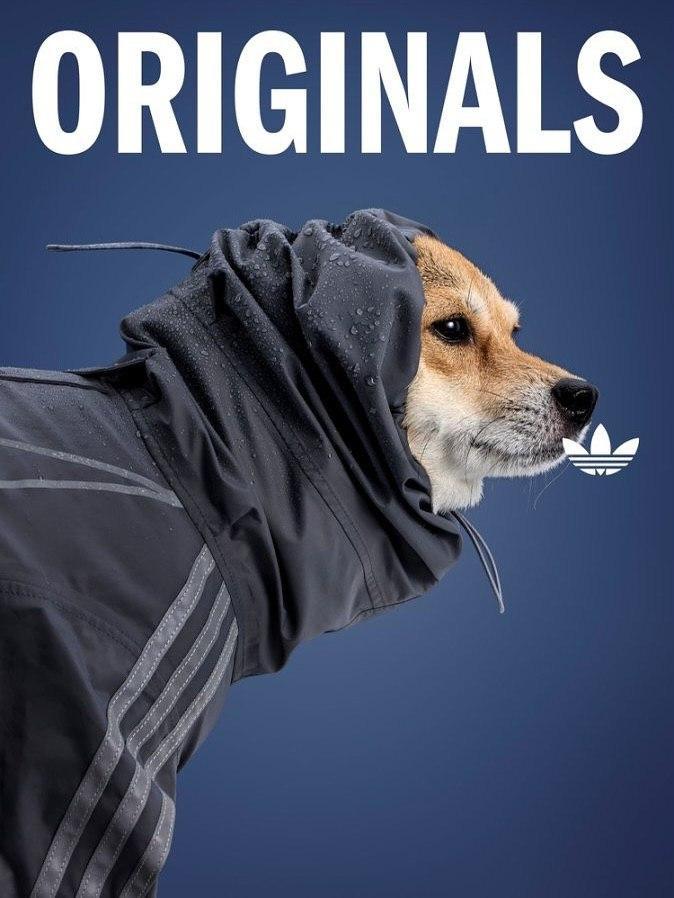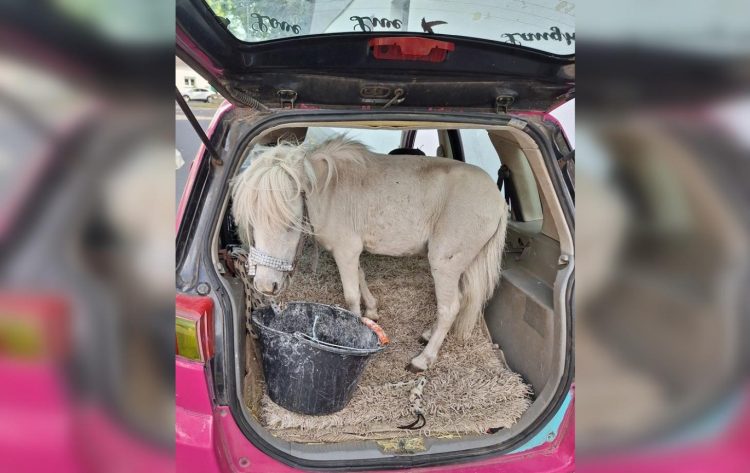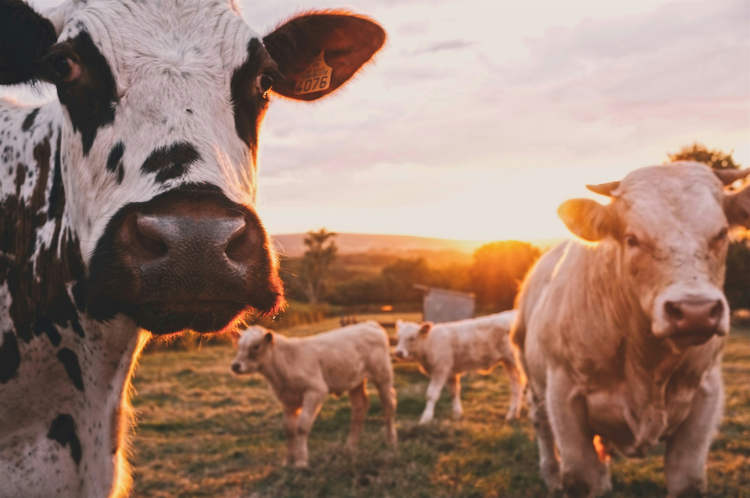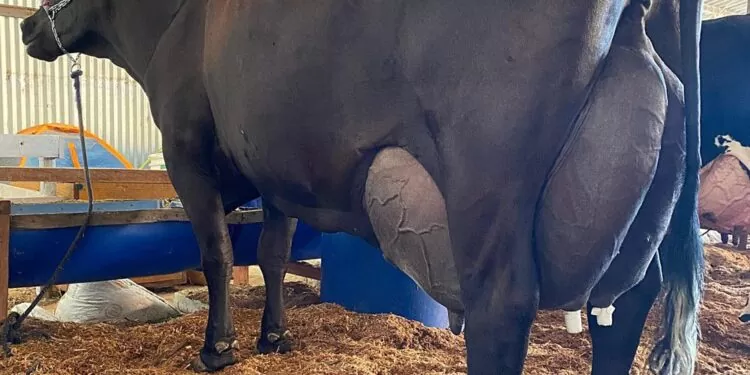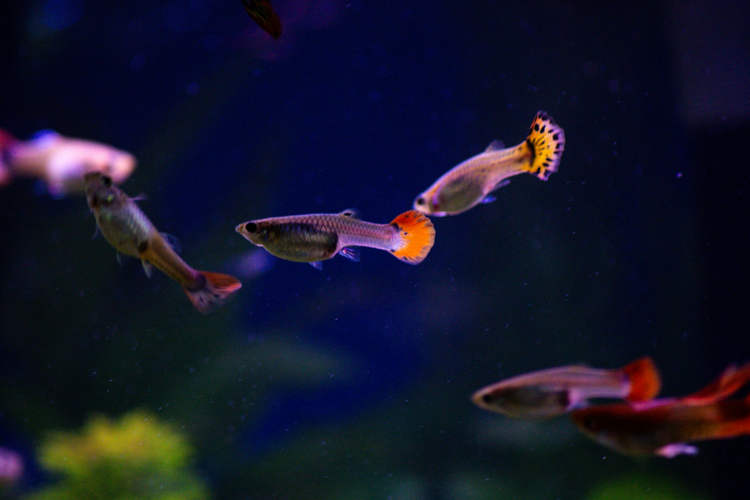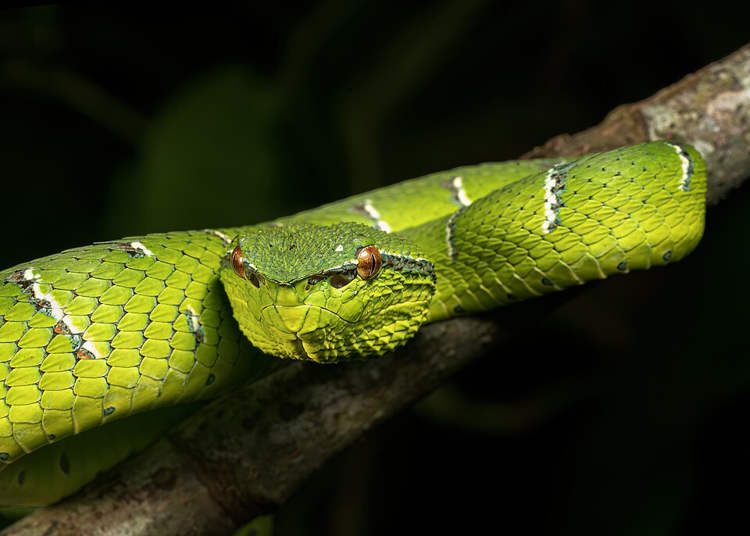Protecting the borders of the largest country in the world is no easy task, but luckily Russian troops can rely on the help of Volkosobs – highly-trained wolf-dog hybrids created specifically for this purpose. Volkosobs inherit the size and strength of wolves, but retain an obedient and friendly attitude toward humans that they do not perceive as threats.
Getting the best of both species seems like a worthy pursuit, but getting the desired result took years of research and failed attempts. Over 200 wolf-hybrids bred at the University of Cologne, in Germany, were deemed failures as they all exhibited the typical wolf characteristics of extreme fearful-caution around humans. But scientists and animal experts at Russia’s Prem Institute of Internal Troops finally made a breakthrough in the year 2000. They key to their success was Naida, an usually sociable Caspian Sea Wolf who got along great with humans. Interestingly, during the breeding stage, Naida actually chose a dog as her mate, despite originally being presented with the option of a male wolf.
In 10 years, Naida birthed 40 ‘volkosobs’ (Russian for ‘wolf-dogs’) that shared both her wolf instincts and the father’s friendliness and obedience to humans and they have since then been used to propagate the species. A highly-trained volkosobs is valued $2,000 and $3,000, but in order to benefit from the use of these amazing creatures exclusively, the Russian Military does not sell wolf-dogs. Instead, it only leases them to domestic security organizations, under very strict conditions.

Photo via: izzhizni.ru
The first volkosobs were trained to perform a variety of tasks like tracking explosives, detecting contraband and tracking, all of which they seemed to perform with ease. Their most impressive trait, according to Russian dog trainers is that they love to work. “When they enter the training hall their teeth chatter as they are impatient to do exercises,” animal trainer Olga Galperina says.

Photo: thezoo.ru
But what makes the volkosobs hybrids so valuable to the Russian Military is their ability to outperform any dog species. For example, while German Shepherds would take about four minutes to sniff out a hiding criminal, the wolf-dogs were able to do it in just 15 to 20 seconds. The dogs tended to be skittish and haphazardly ran around the training grounds before getting down to work, while the volkosobs cut right to the chase, doing exactly what was expected of them. According to Russian animal trainers, even in an unknown environment, all they need is a single circle of the area to establish relevant locations before initiating a speedy no-nonsense track-down of the hidden drugs, criminals or explosives.

Photo: Samru.ru
If currently available information on the volkosobs is to be believed, these hybrids are superior to dogs in every aspect that counts – they have a heightened sense of smell (six times sharper than a dog), their grip is unusually strong, allowing them to bite through protective layers of plastic and felt, and they can withstand extreme temperatures. They also display great stamina and mental stability. They can track their prey continuously for up to two days without tiring.

Photo: kinodog.ru
In combat situations, whereas a dog will bite an aggressor’s arm and maintain its bite, a volkosob will also go for the arm initially, but will eventually focus its attention on a more vulnerable area, like the groin or neck. During a gunfight, the volkosob will not react to gunfire, but instead focus on its task.
Volkosobs have long been referred to as the secret weapon of Russian border patrols and law enforcement, but as they continue to prove themselves in the field, they are gaining notoriety, especially among criminals and drug dealers hoping to make it into the country undetected through the Chinese and Mongolian borders. According to Survincity, having to deal with the volkosobs is their worst nightmare.




